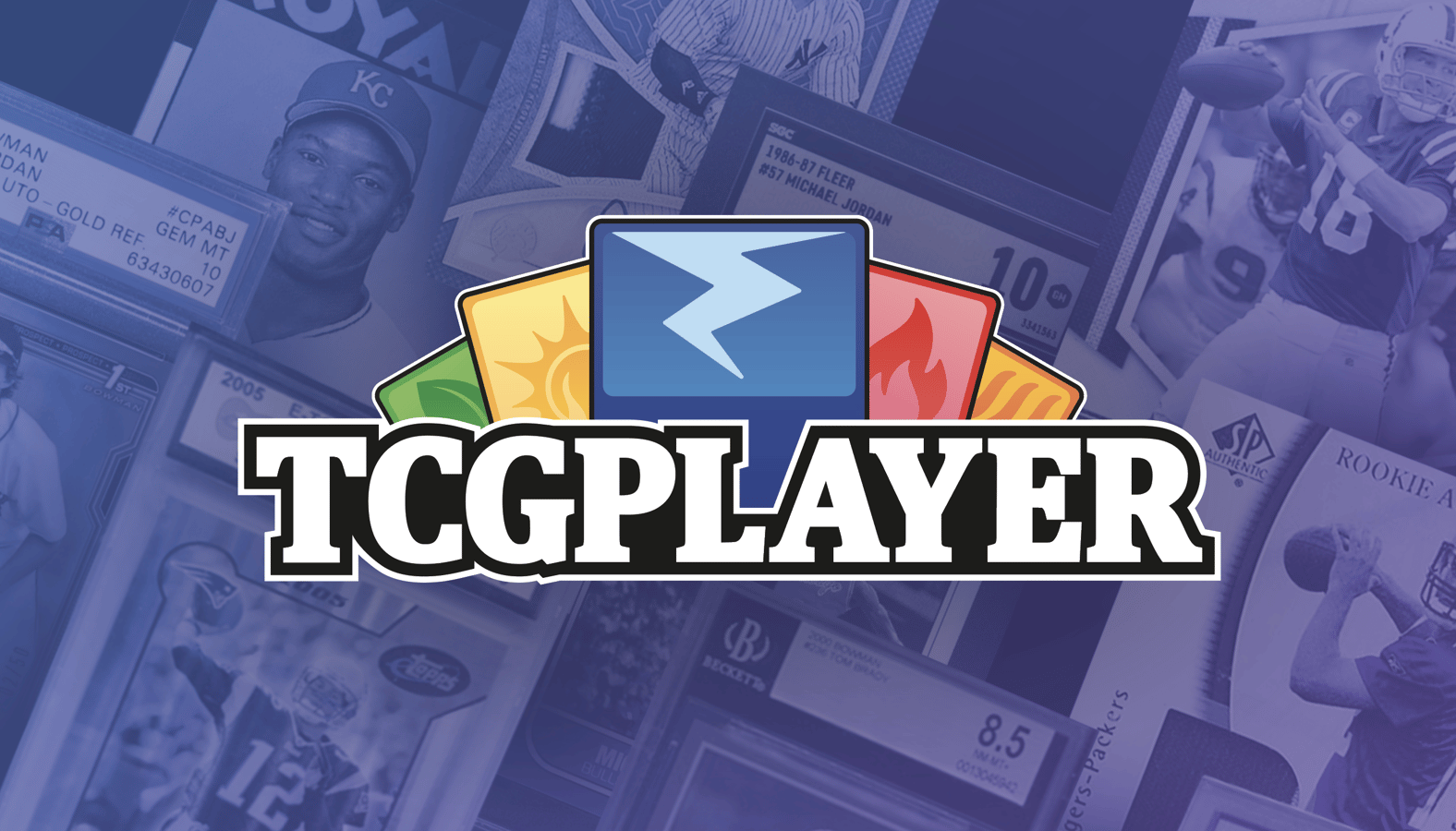Tips For Pricing
By Collin Stiles •
The TCGplayer Marketplace is one of the best sources for pricing information on the internet. With so many options available, it’s easy to understand the value of any given card. As a buyer, that’s all you need to know. However, as a seller, things can be a little trickier. When listing your inventory, it’s not enough to know what everyone else is listing those same products for –– you need to know what the perfect price point for you is.
When it comes to pricing, a common misconception is that you need to have the lowest price to make a sale. While having the lowest price may allow you to make a sale quickly, it may neglect the most important aspect of a sale: profitability. Making a sale is great, but is it worth it if the sale is coming at a loss? When you price your products, you’ll want to look at a few factors to make the best pricing decisions.
- Cost of Acquisition: What did this product cost when you initially bought it? To turn a profit on it, you’re going to need to bring in more than this initial cost. This is important to consider when you are purchasing sealed product or a collection. Will you be able to flip the contents for more than their initial cost?
If you use the TCGplayer Buylist to purchase cards, it may be helpful to base your buying prices off of your intended selling price or the TCGplayer Market Price, to make sure that the sales margins make sense for your business. - Shipping Costs: You have to ask yourself, do I want to have my shipping separate from the price of the card, or included? Both of these can have their benefits, and can vary for different sellers. If you are anticipating most of your sales consisting of one or two cards, keeping shipping separate should still ensure you receive the proper amount to ship your orders. If you are anticipating larger orders of lower valued cards, you may want to consider including some amount of your shipping costs in the price of your cards, so larger orders inherently pay you for shipping.
- Labor Costs: It’s easy enough to know how you want to price your cards based on the value of them alone. However, you don’t want to forget to pay yourself! If you are packing up the orders yourself, or paying an employee to do so, you want to make sure that those costs are factored into your pricing.
Once you have an understanding of everything that goes into how you should be pricing a card, it is now a matter of applying those prices. This can be done manually, but TCGplayer offers a couple of more efficient pricing methods. Once you are a Level 4 seller, you can become a Pro Seller, and use MassPrice to build rules and price your inventory. Also available at Level 4 are .csv files that you can use to edit and price your inventory.
At the end of the day, every seller is going to have their own price that makes sense for them. Just remember, it’s not about being the lowest price, it's about being the best price for your business. If you would like to learn more about the pricing tools available through Pro, book a meeting with a Customer Success Manager here.